
Fluoride ion cleaning technology is an efficient surface cleaning method, widely used in precision manufacturing, electronics, aerospace and other fields. This technology uses the chemical properties of fluoride to remove oxides on the blade surface and oxides deep in the cracks through chemical reactions or physical actions, greatly reducing the maintenance cost of aircraft engines, greatly improving maintenance efficiency, and solving the processing and repair problems of aircraft engine and gas turbine blades.
Crack tip oxide film pulsed fluoride ion ultra-low damage cleaning technology.
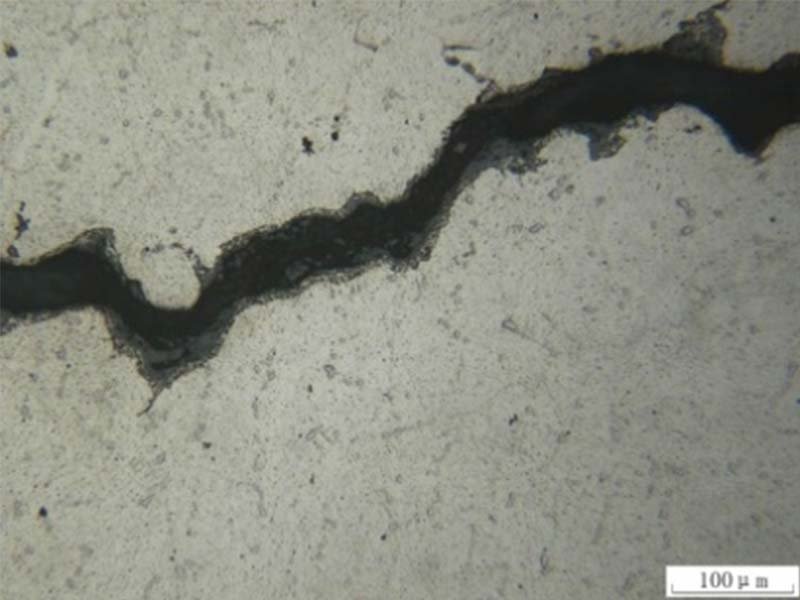

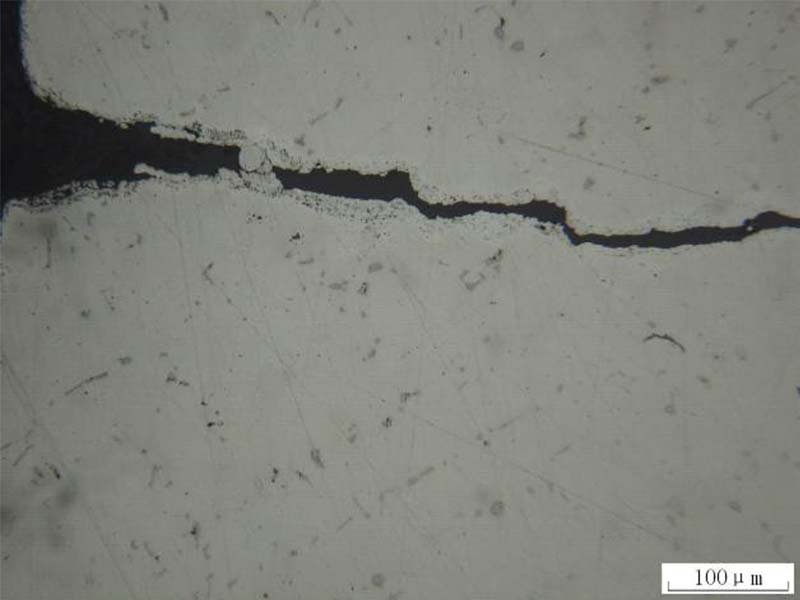

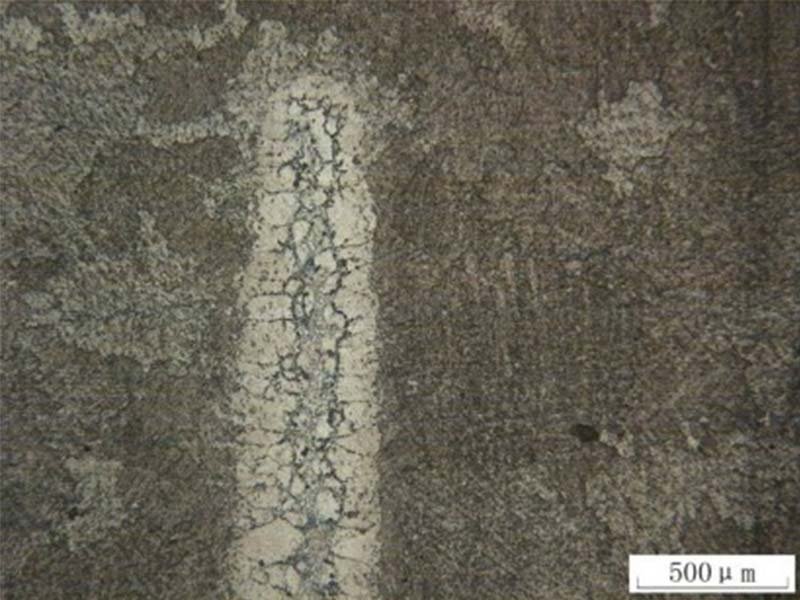

Fluoride ion cleaning technology is an efficient surface cleaning method, widely used in precision manufacturing, electronics, aerospace and other fields. This technology uses the chemical properties of fluoride to remove oxides on the blade surface and oxides deep in the cracks through chemical reactions or physical actions, greatly reducing the maintenance cost of aircraft engines, greatly improving maintenance efficiency, and solving the processing and repair problems of aircraft engine and gas turbine blades.
Crack tip oxide film pulsed fluoride ion ultra-low damage cleaning technology.




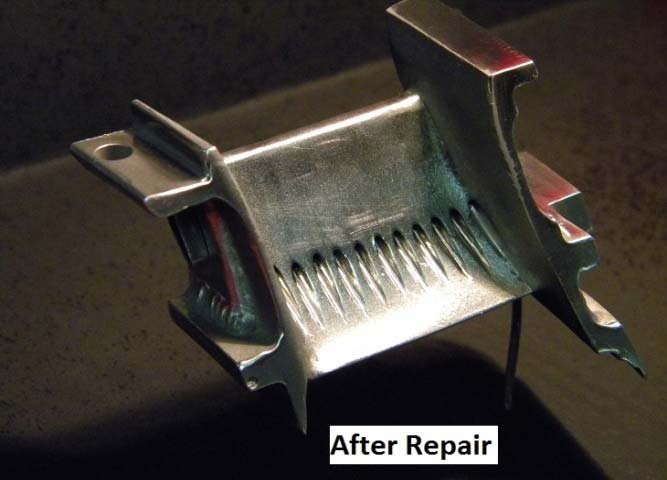

Our factory used GHL-6-2 brazing filler metal to repair the cracks with large gap brazing. After brazing, the excess brazing filler metal and solder resist on the surface of the repaired part were cleaned by manual polishing. From the appearance, the crack surface has been completely covered by the brazing filler metal.
In order to clarify the surface state of the repaired part, a local fluorescent penetration inspection was carried out. The inspection results are shown in the Fluorescence inspection picture of the blade surface repair area. It can be seen that the original cracking parts of cracks A and B and the nearby brazing filler metal coating locations are displayed in dense dot patterns.
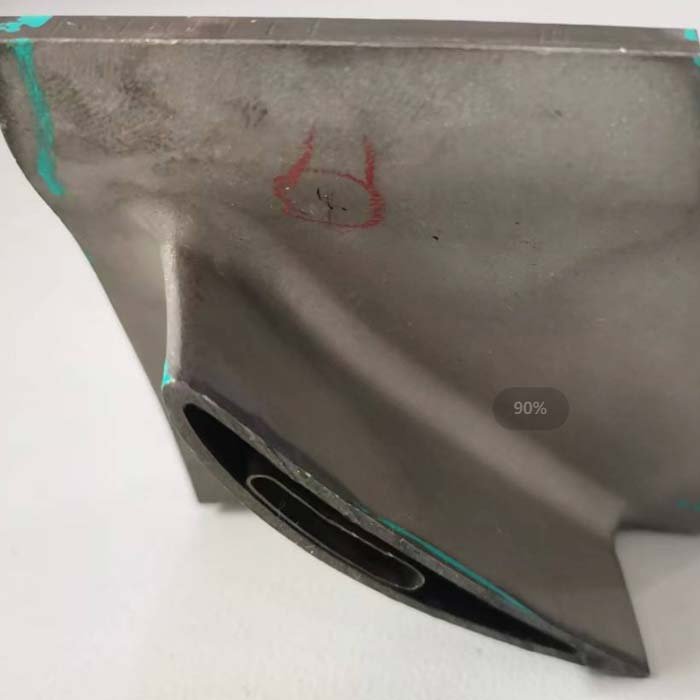

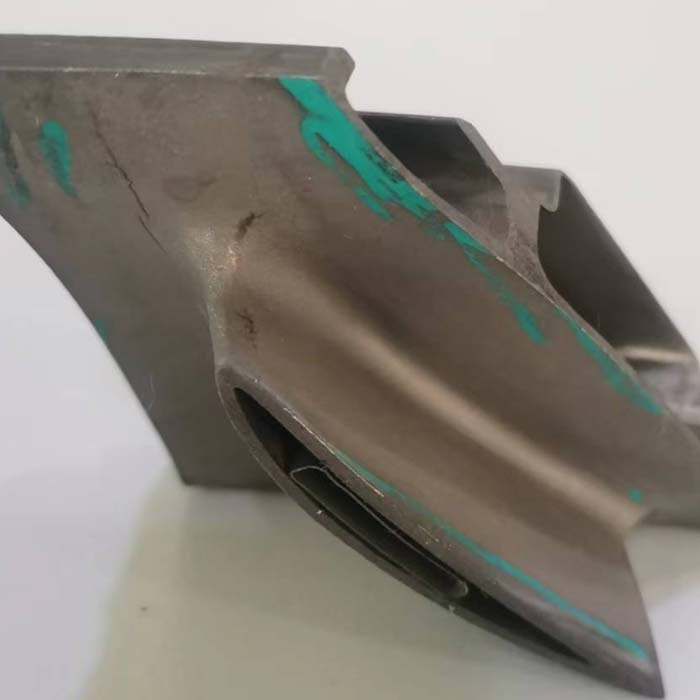

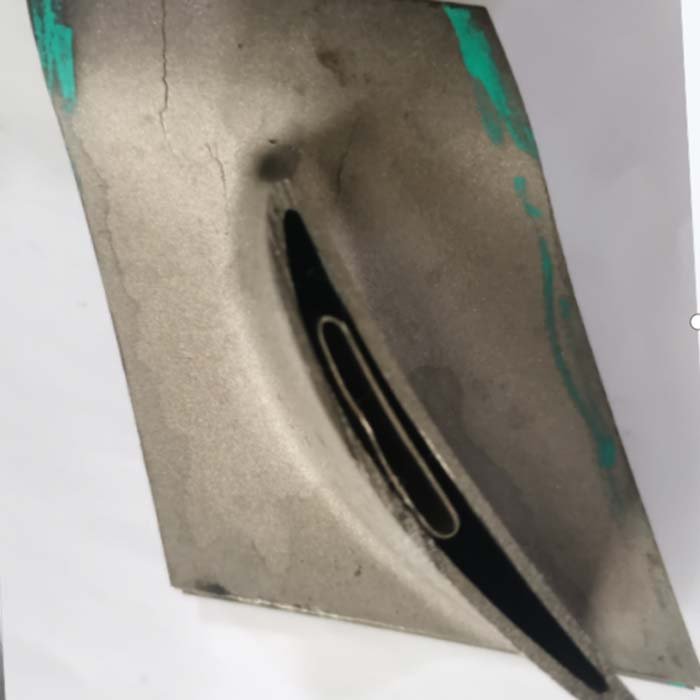

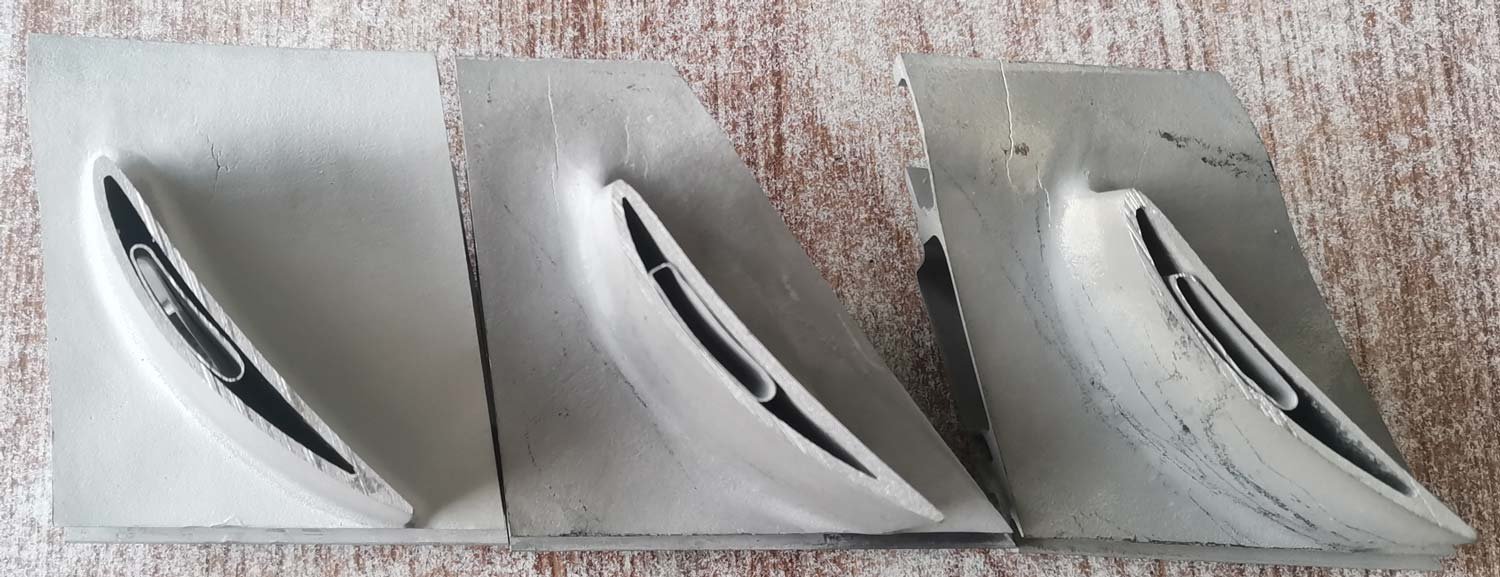





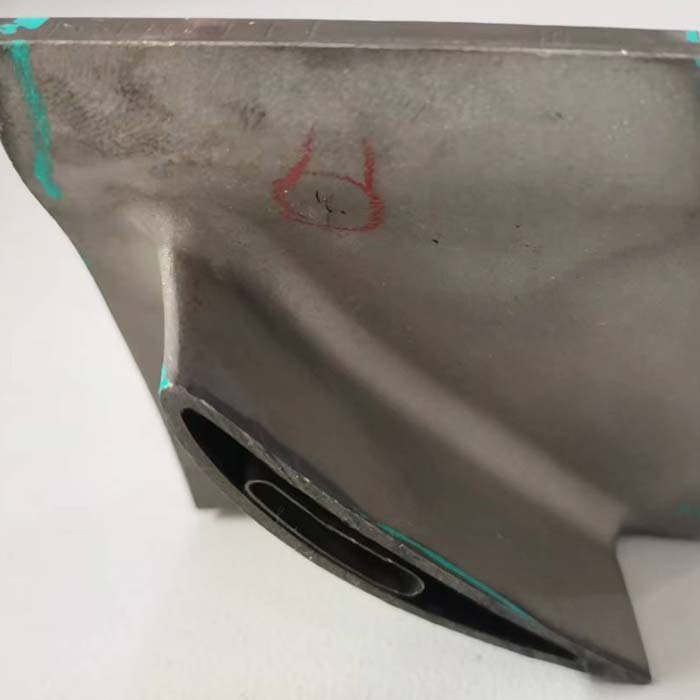

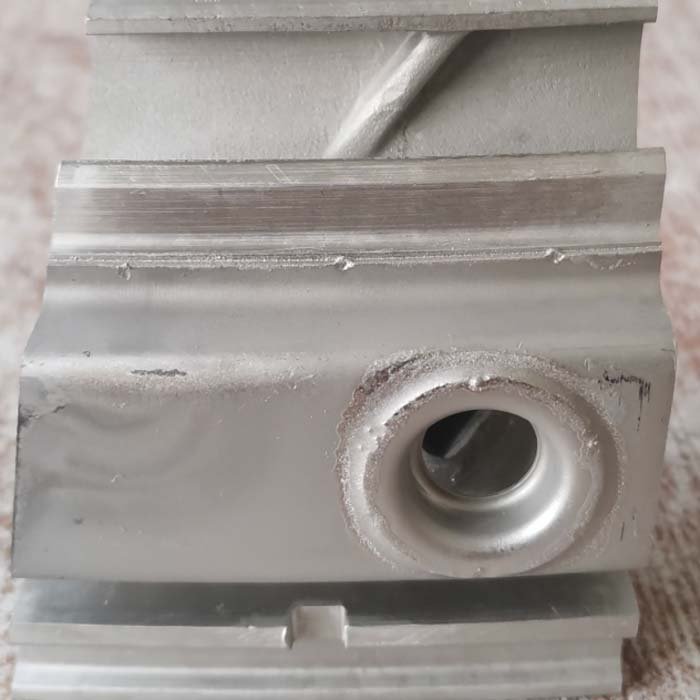

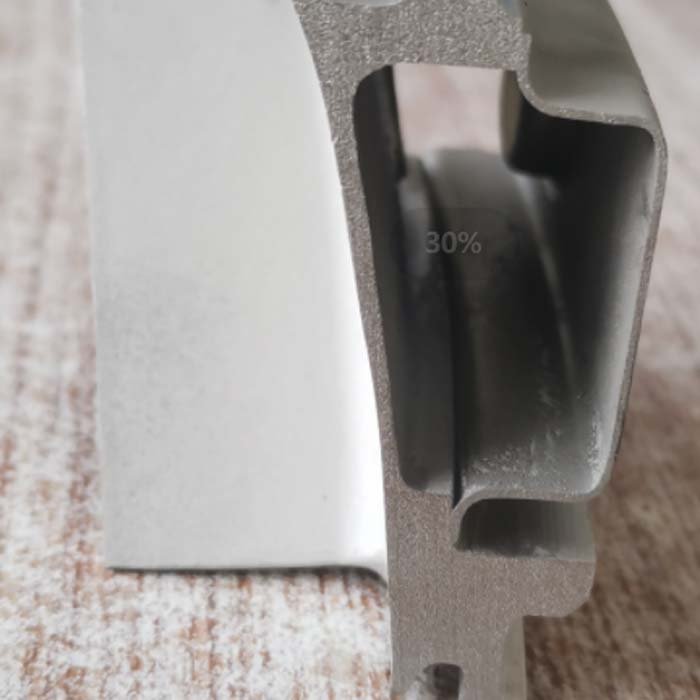

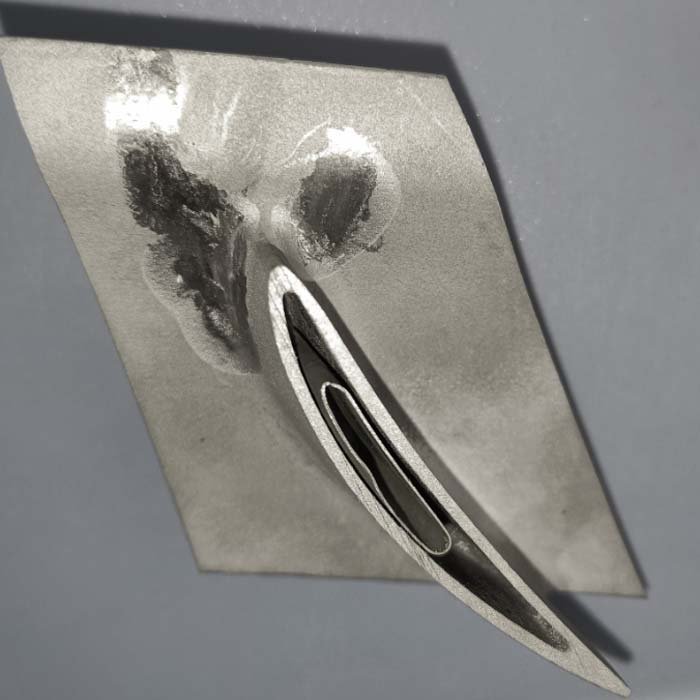

Before cleaning: Turbine blade surface may be covered with oxide layers, oil, dust or other contaminants, causing the surface to look dull, mottled or uneven.
Contaminants and oxide layers may shorten the life of the blades and increase the frequency of maintenance and replacement.
After cleaning: The blade surface becomes brighter and more uniform, and the contaminants and oxide layers are removed, making the surface look cleaner and smoother.
Cleaning removes harmful substances, which can extend the service life of the blades and reduce maintenance costs
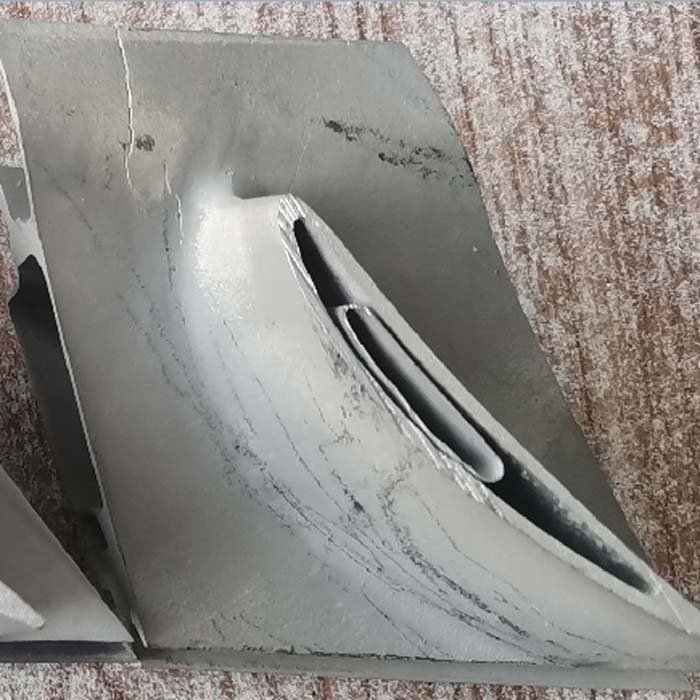

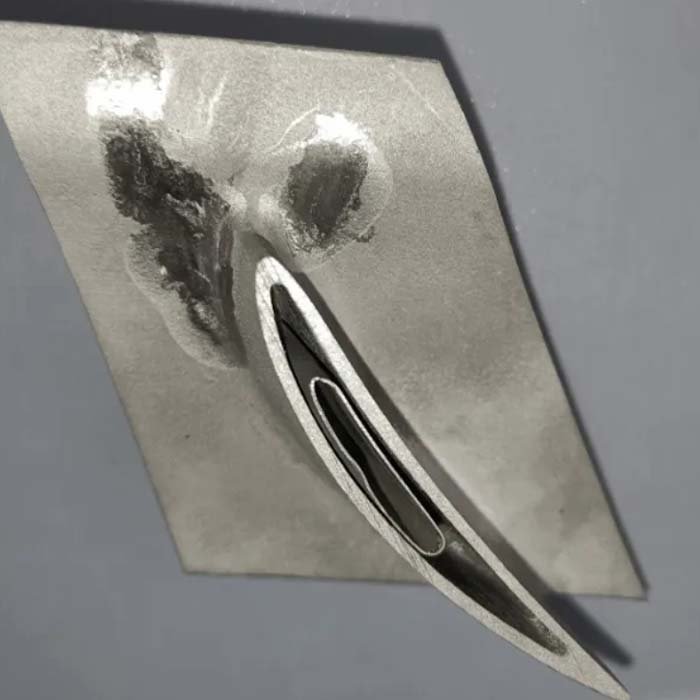

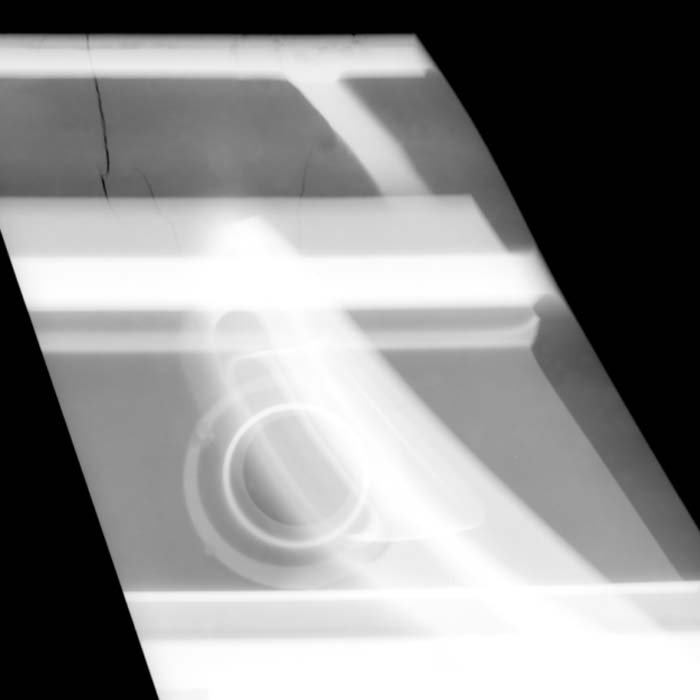

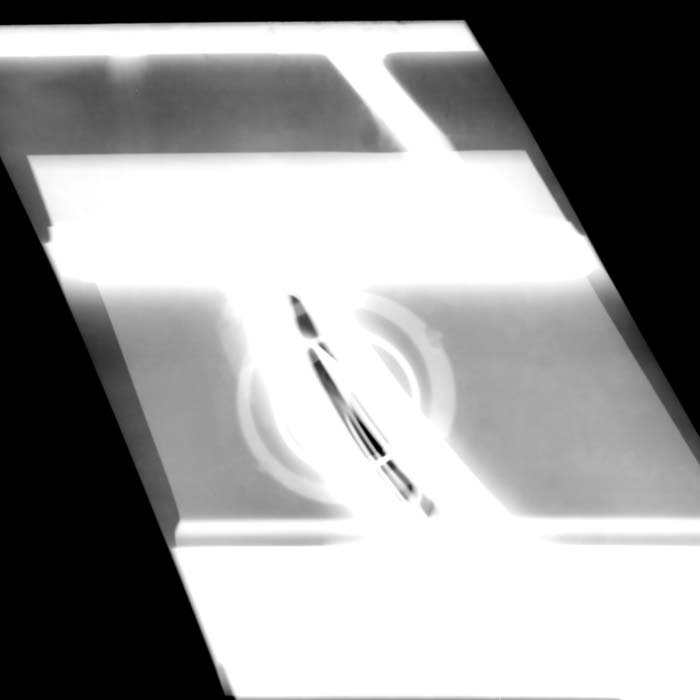

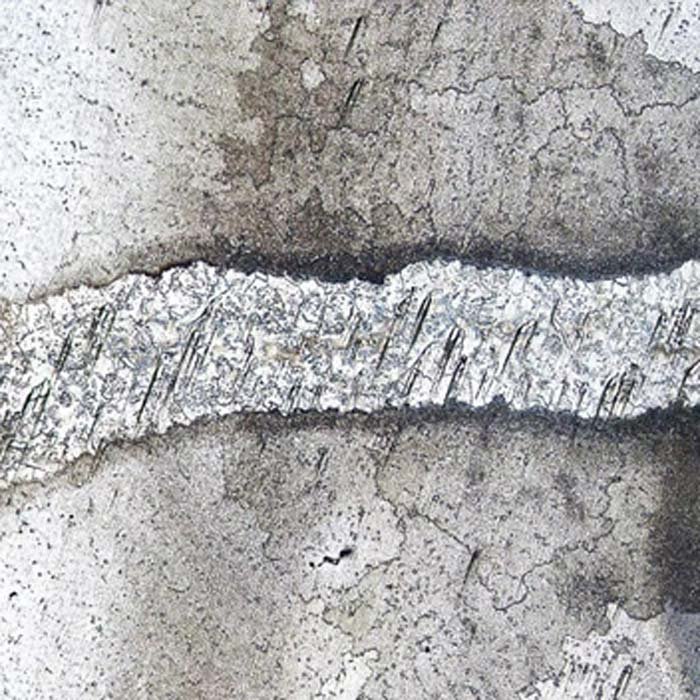



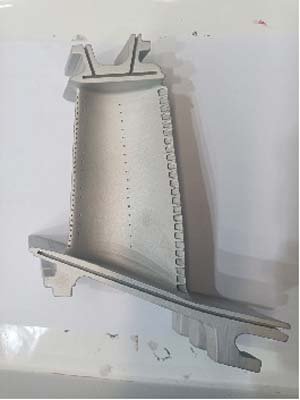





Before cleaning, the surface of turbine blade may be covered with oxide layers, carbon residues and other contaminants, resulting in a rough, dull surface, or even tiny cracks or flaws. However, once cleaned with fluoride ions, these problems seem to be swept away, and the blades are brand new! The surface is clean and smooth, with no traces of residues and oxide layers, the glossiness is significantly improved, and cracks and flaws are effectively repaired, making the blade state glow with new vitality and brilliance. This huge change not only improves the appearance quality of the blade, but more importantly, it also provides a solid guarantee for the performance and life of the blade, ensuring its reliable operation in high temperature and high pressure environments.
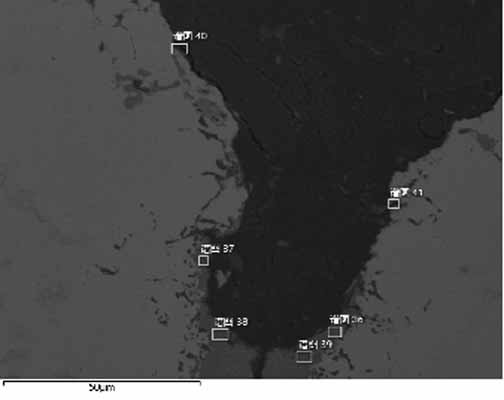







Fluoride ion cleaning technology can quickly and thoroughly remove the oxide layer, carbon residue and other contaminants on the surface of turbine blades, ensuring the cleanliness and smoothness of the blade surface.
Turbine blades are precise and complex parts, and traditional mechanical cleaning methods may cause surface damage or deformation. Fluoride ion cleaning technology removes dirt through chemical reactions and physical actions, avoiding this risk and ensuring the geometry and performance of the blades.
Turbine blades are subjected to extreme high temperature and high pressure conditions in the internal working environment of the engine. Fluoride ion cleaning technology can be carried out under high temperature and high pressure conditions, with good cleaning effect, which meets the special working environment requirements of turbine blades.
The surface of the cleaned turbine blades is smooth, which not only reduces aerodynamic resistance and improves engine efficiency, but also reduces surface oxidation and fatigue cracks, and extends the service life of the blades.
Compared with traditional chemical cleaning methods, fluoride ion cleaning technology does not require the use of a large amount of organic solvents, has low waste liquid treatment costs, and meets environmental protection requirements. In addition, the surface of the cleaned turbine blades is smoother, which reduces aerodynamic resistance and helps improve the fuel efficiency of the engine.
Fluoride ion cleaning technology has good process controllability, and the operating parameters can be precisely controlled to ensure the consistency and repeatability of the cleaning effect.
The surface of the cleaned turbine blade is easier to inspect and maintain, which improves the efficiency and safety of maintenance operations.
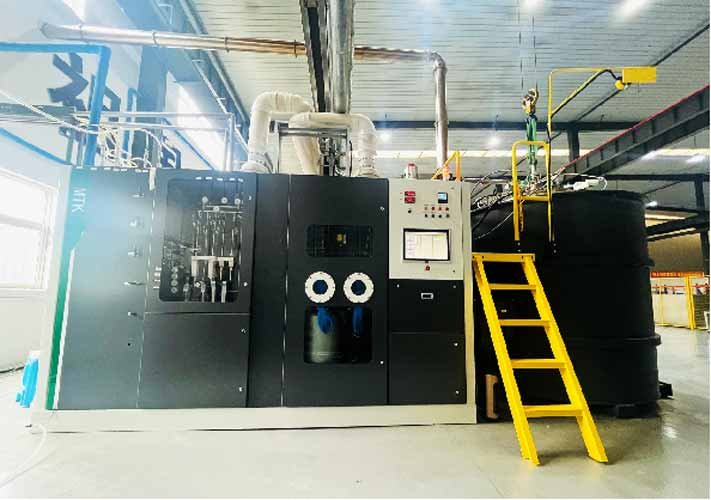

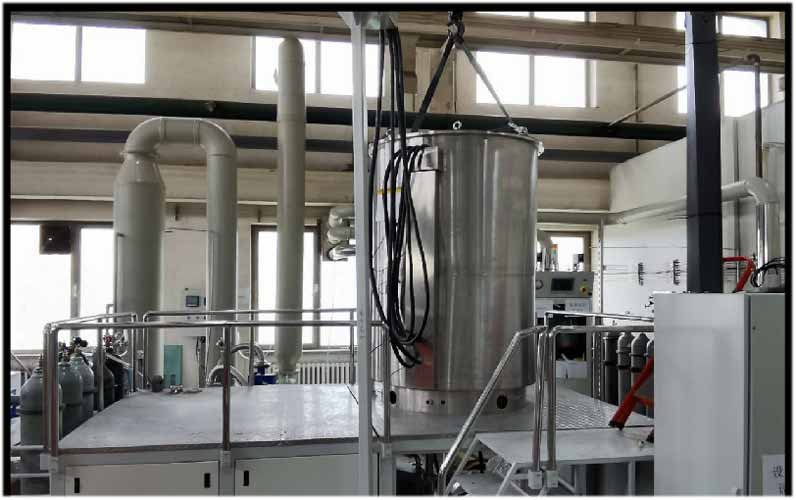

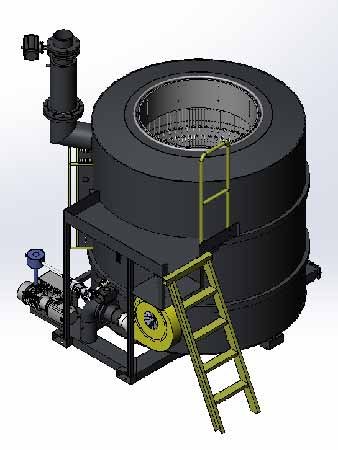

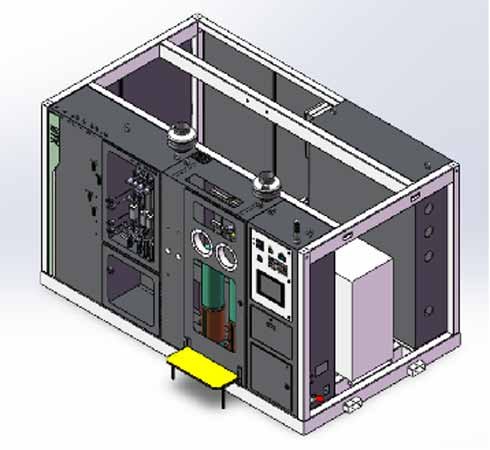

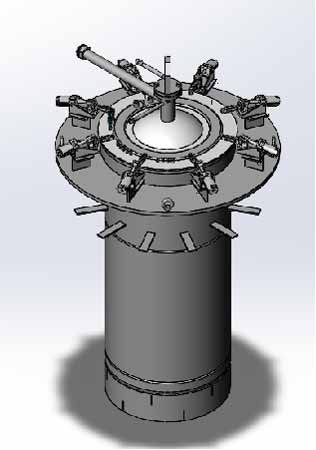

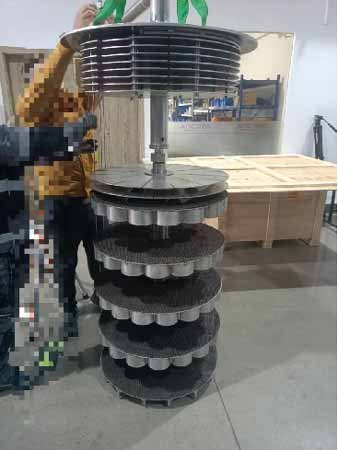

Part numbers alone are not sufficient to ensure performance.
To guarantee precision and compatibility, please provide:
Drawings or used samples for reverse engineering.